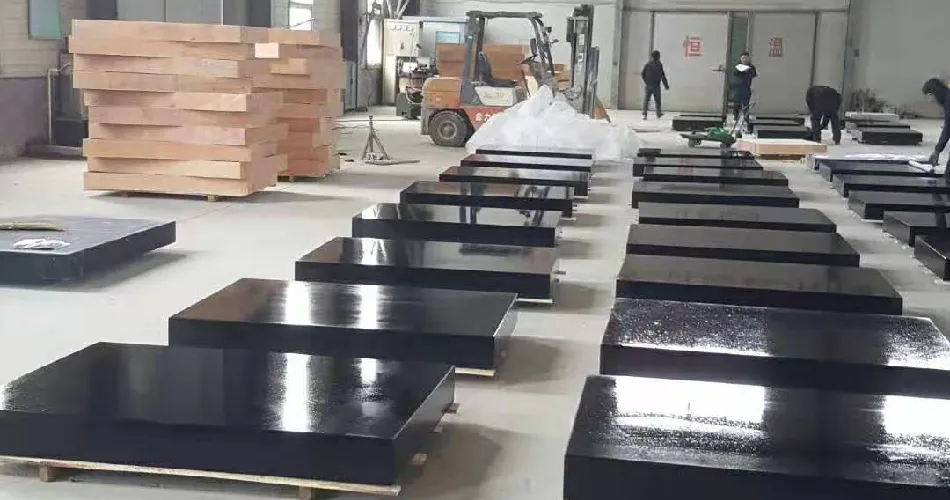Жел . 12, 2024 10:36 Back to list
gate valve globe valve
Understanding Gate Valves and Globe Valves Key Differences and Applications
In the world of fluid control, gate valves and globe valves are two of the most commonly used types of valves. Each serves a specific purpose and is designed according to distinct operational principles. This article aims to explore the characteristics, uses, and key differences between gate valves and globe valves.
Gate Valves Mechanism and Applications
Gate valves are linear motion valves that work by raising or lowering a gate. The design allows for minimal resistance to flow when the valve is fully open, making it ideal for applications where a complete shut-off is necessary. When the valve is closed, the gate fits snugly in the valve body, providing a tight seal and preventing leaks.
The primary application of gate valves is in systems that require the flow of liquids and gases to be completely turned on or off. They are widely used in water supply systems, wastewater treatment plants, and oil and gas industries. Gate valves are preferred for their reliability and ability to handle high-pressure applications, where they can operate effectively without significant wear.
One of the significant advantages of gate valves is their low-pressure drop when fully opened. This feature allows for efficient flow control, making them suitable for pipelines where maintaining flow velocity is crucial. However, gate valves are not designed for throttling; using them in a partially open position can cause damage over time, leading to erosion and a potential failure.
Globe Valves Mechanism and Applications
In contrast, globe valves are designed to regulate flow and pressure in piping systems. They feature a movable disk or plug that presses against a stationary seat within the valve body. This configuration allows for finer control of flow and is especially useful in systems that require sustained throttling.
gate valve globe valve

Globe valves are commonly used in applications where flow needs to be adjusted or regulated instead of simply turned on or off. Industries such as chemical processing, HVAC systems, and power plants frequently utilize globe valves for their capability to manage variable flow rates. They can also control pressure in a pipeline, making them versatile tools in fluid management.
The construction of globe valves typically results in a higher pressure drop compared to gate valves. This characteristic is due to the increased resistance when fluid passes through the valve body’s twists and turns. Although globe valves may not offer the same efficiency as gate valves in terms of flow, their robust design ensures a long lifespan and reliability in demanding environments.
Key Differences
The primary difference between gate valves and globe valves lies in their function and design. Gate valves are optimized for simple on/off control, providing a reliable seal when closed but limited ability for flow regulation. In contrast, globe valves excel in applications requiring flow control, allowing for precise adjustments.
Another notable difference is the flow resistance encountered when the valve is fully open. Gate valves result in minimal pressure loss, while globe valves experience a higher pressure drop due to their intricate flow path.
Conclusion
In summary, both gate valves and globe valves play vital roles in fluid control systems, each serving different purposes based on their unique designs. Gate valves are the ideal choice for applications that require a straightforward shut-off, whereas globe valves are better suited for scenarios demanding precise flow regulation. Understanding the advantages and limitations of each type of valve ensures that engineers and operators can make informed decisions when it comes to fluid management in their respective industries. As technology advances, the efficiency and reliability of these valves continue to improve, making them indispensable components in modern engineering solutions.
-
thread-plug-gauge-our-promise-of-measurement-excellenceNewsAug.22,2025
-
gauge-pin-class-reflecting-quality-legacyNewsAug.22,2025
-
check-valve-types-for-high-rise-buildingsNewsAug.22,2025
-
water-control-valve-for-irrigation-systemsNewsAug.22,2025
-
gate-valve-with-soft-seal-technologyNewsAug.22,2025
-
y-type-strainer-for-oil-and-gas-applicationsNewsAug.22,2025
Related PRODUCTS









